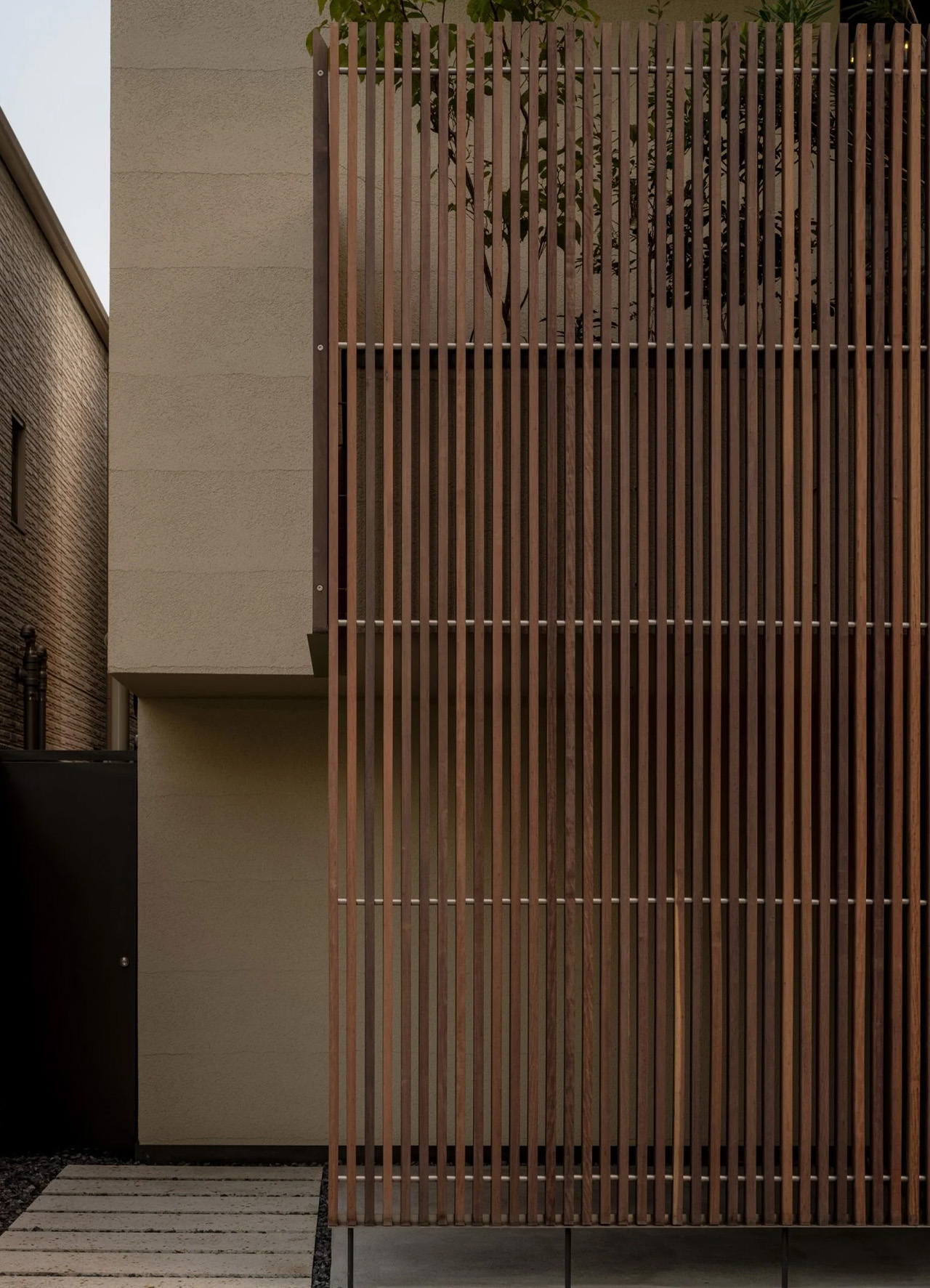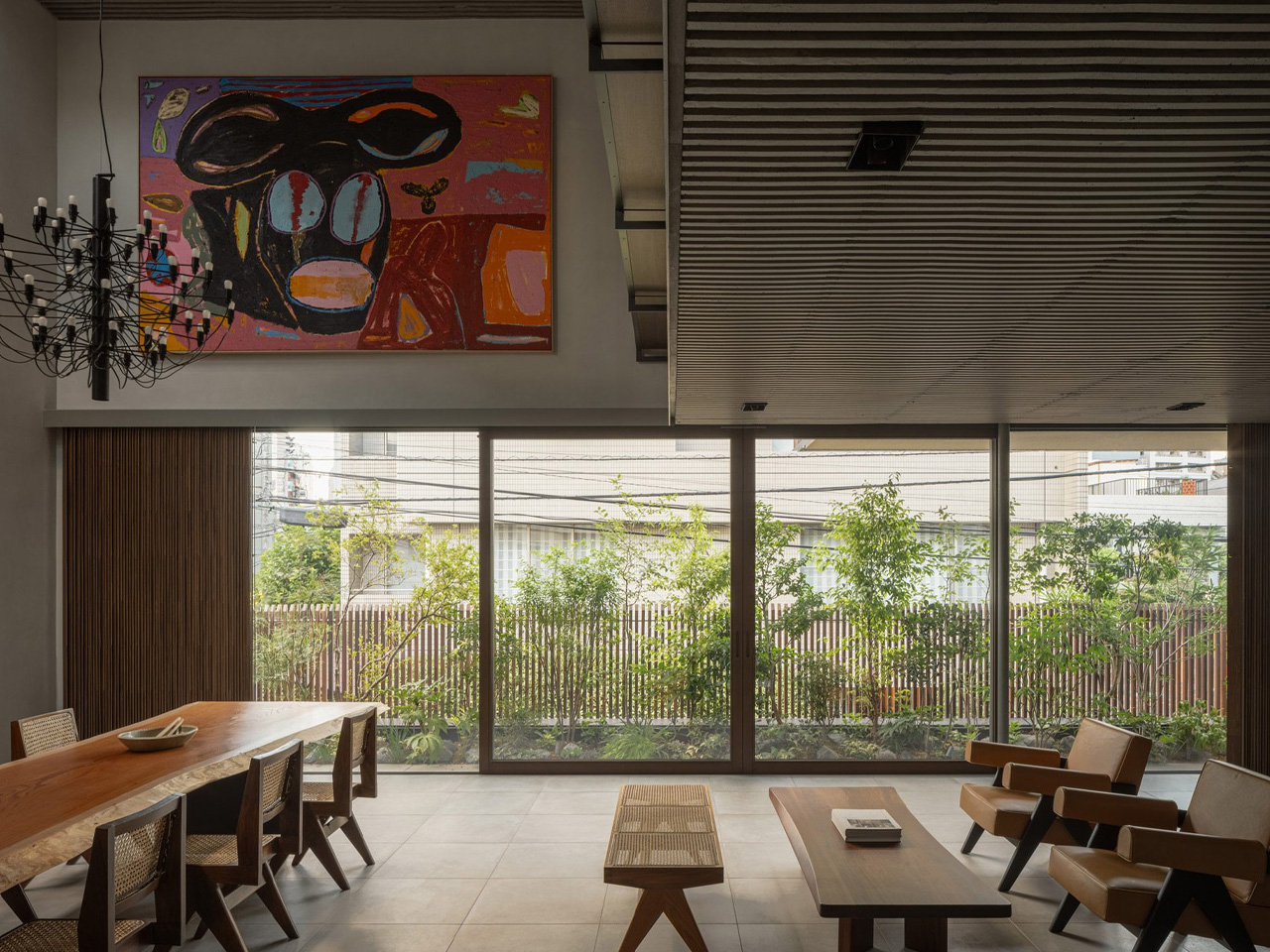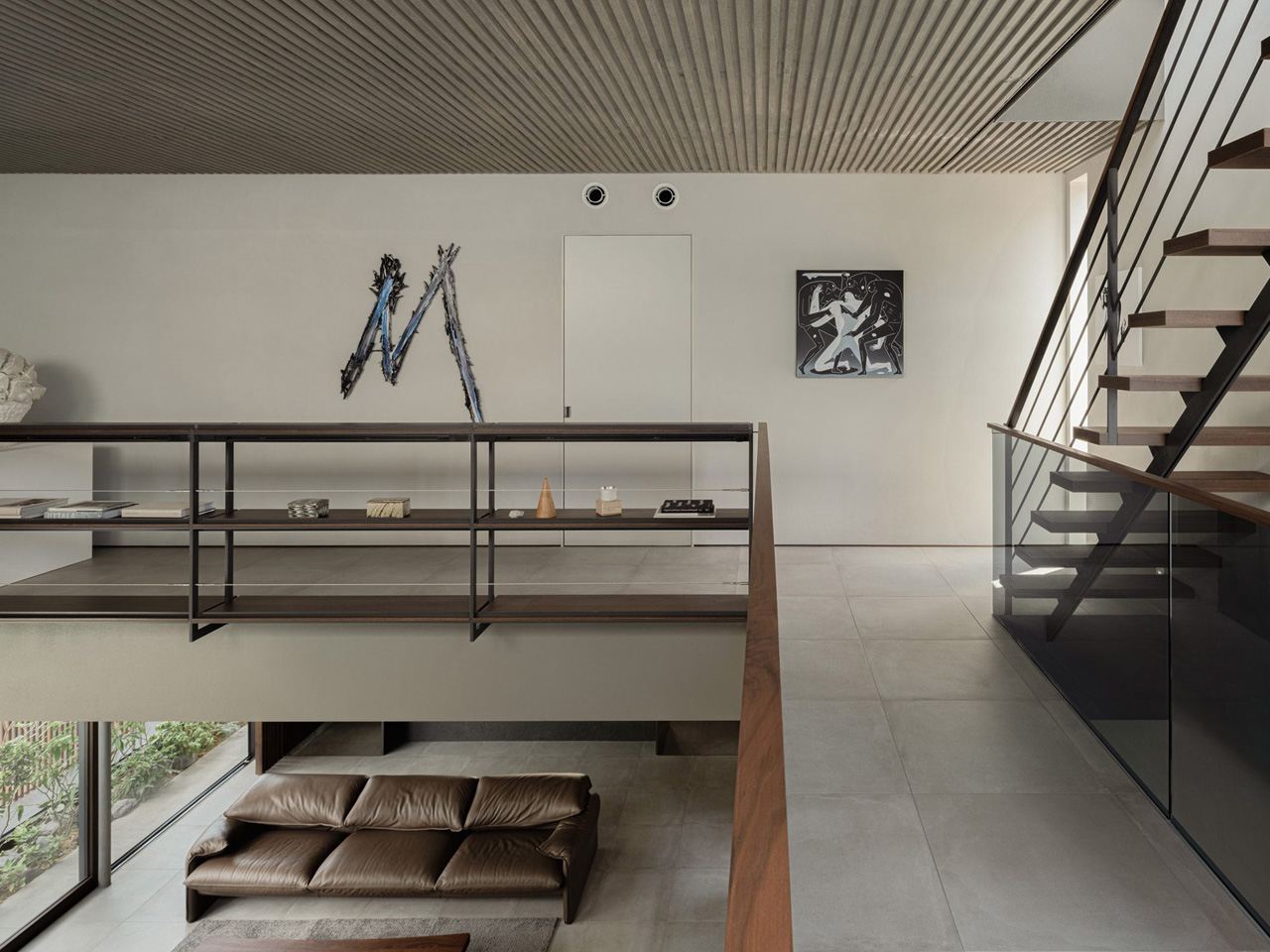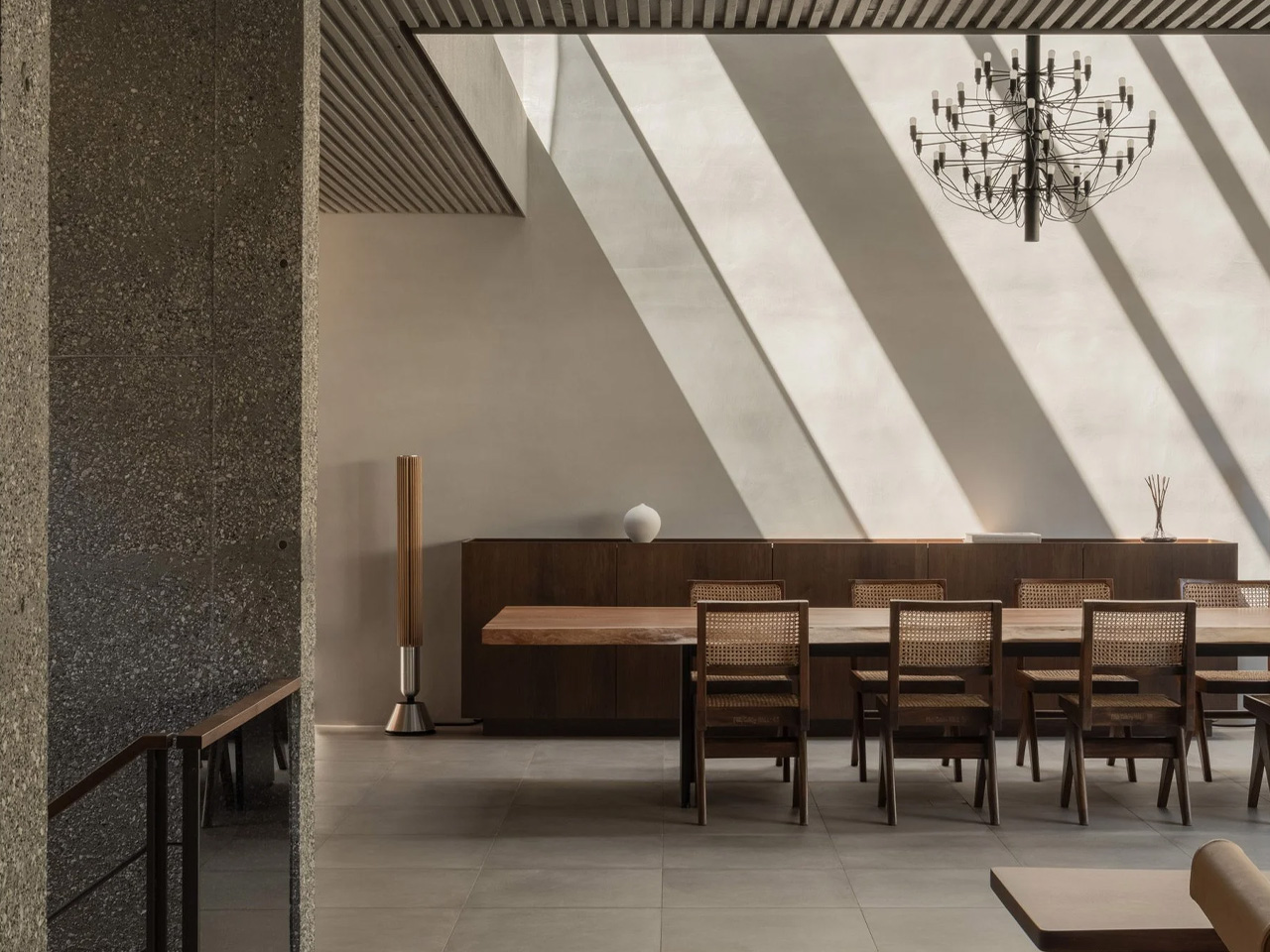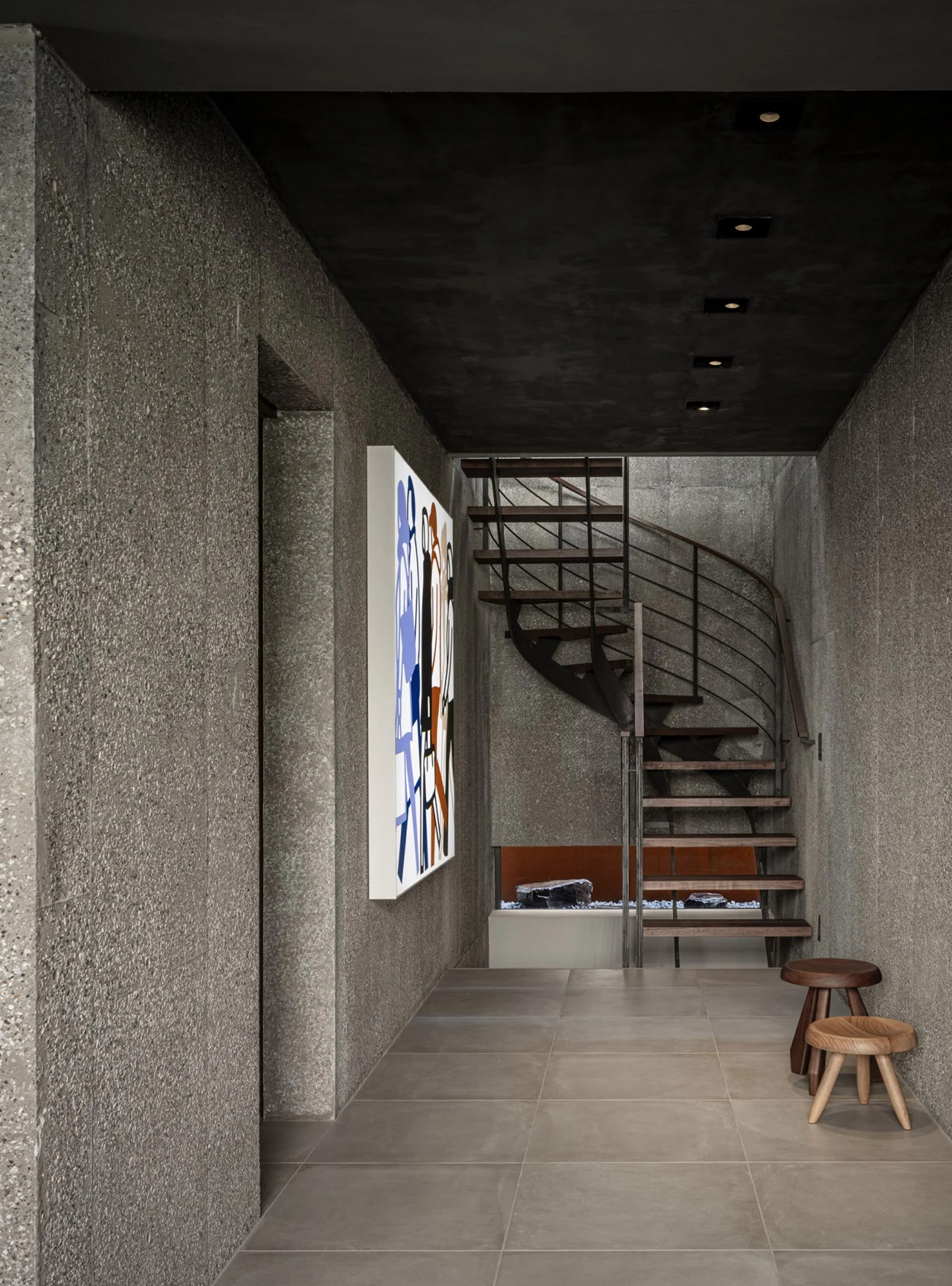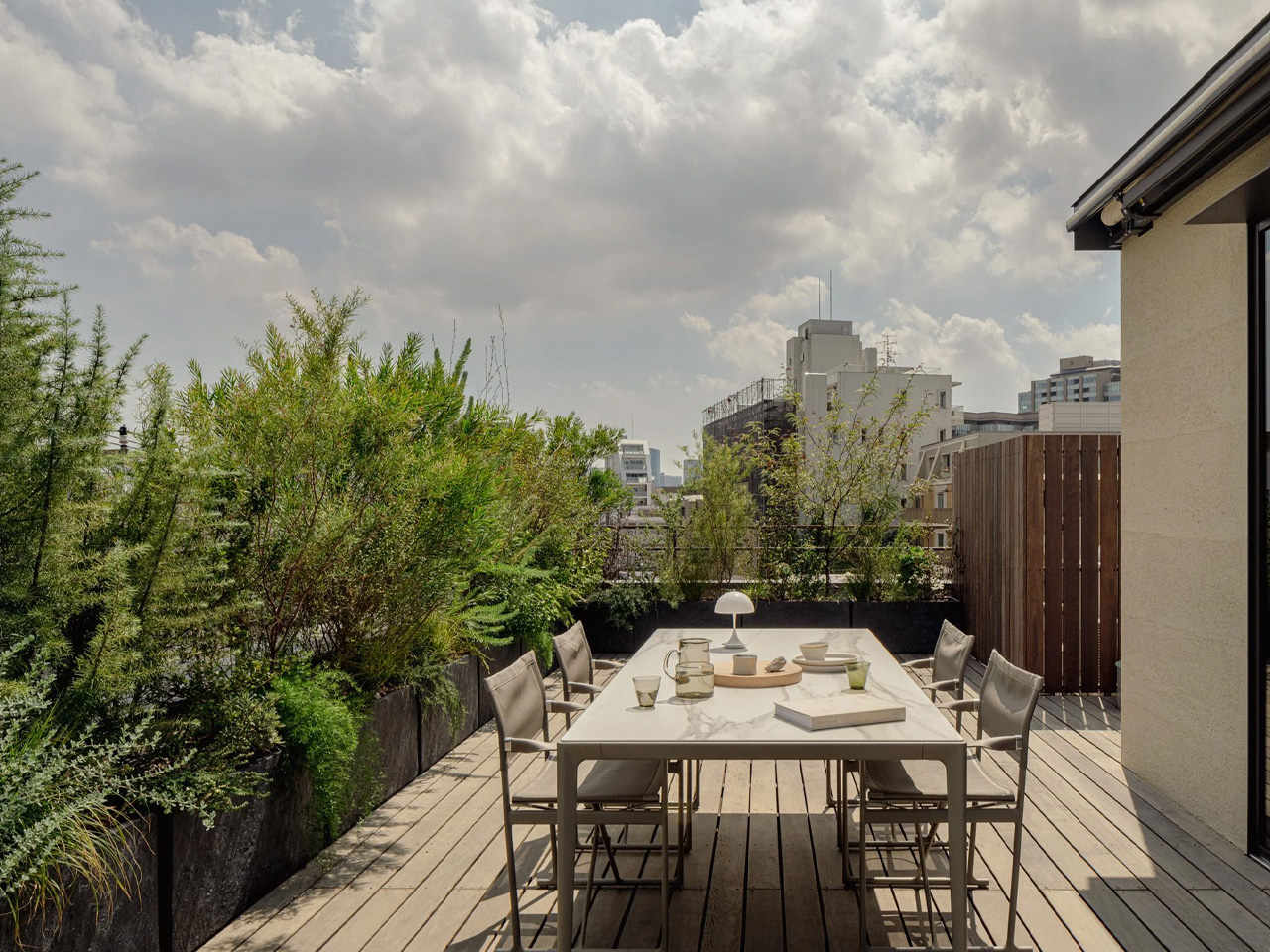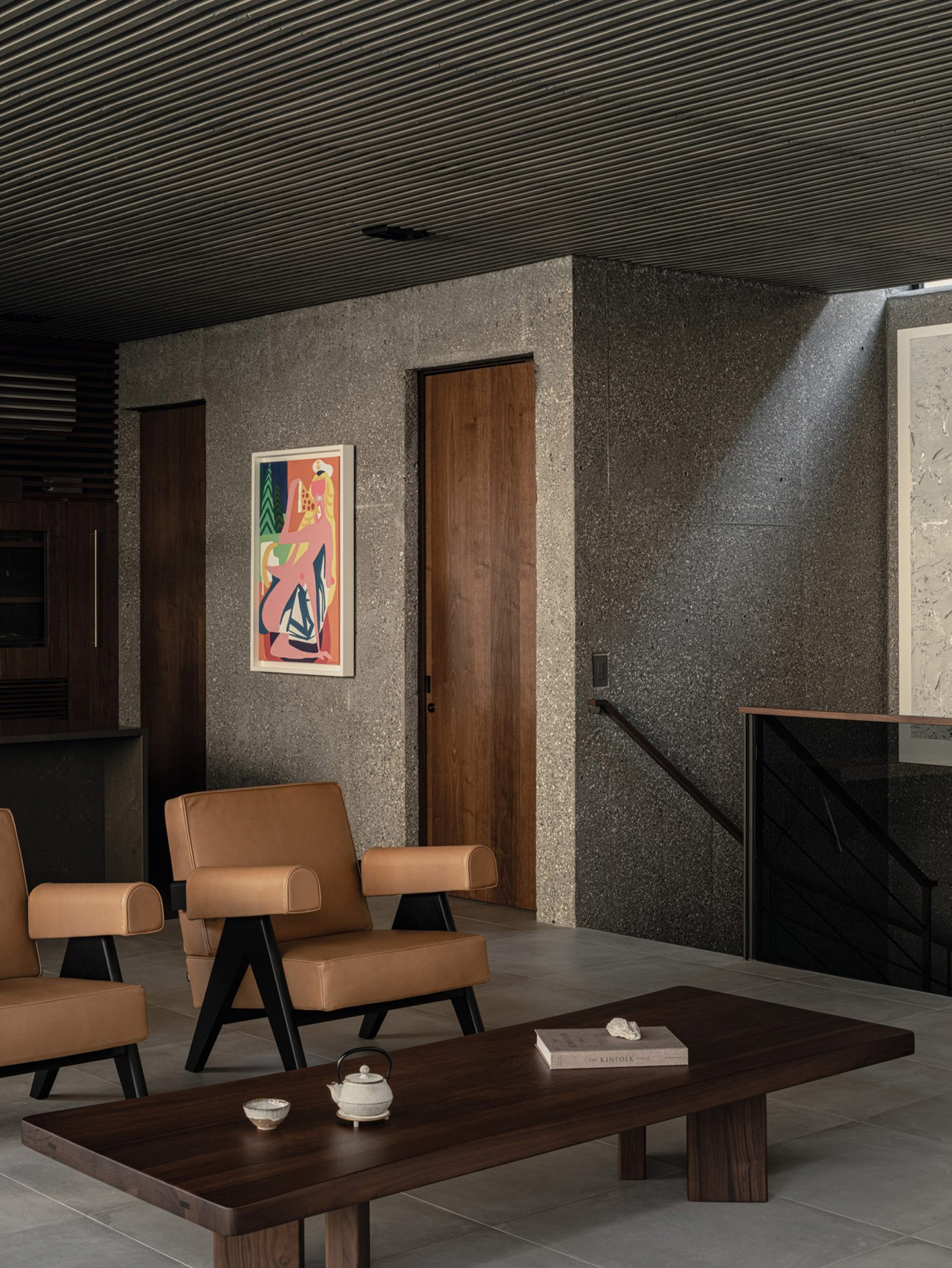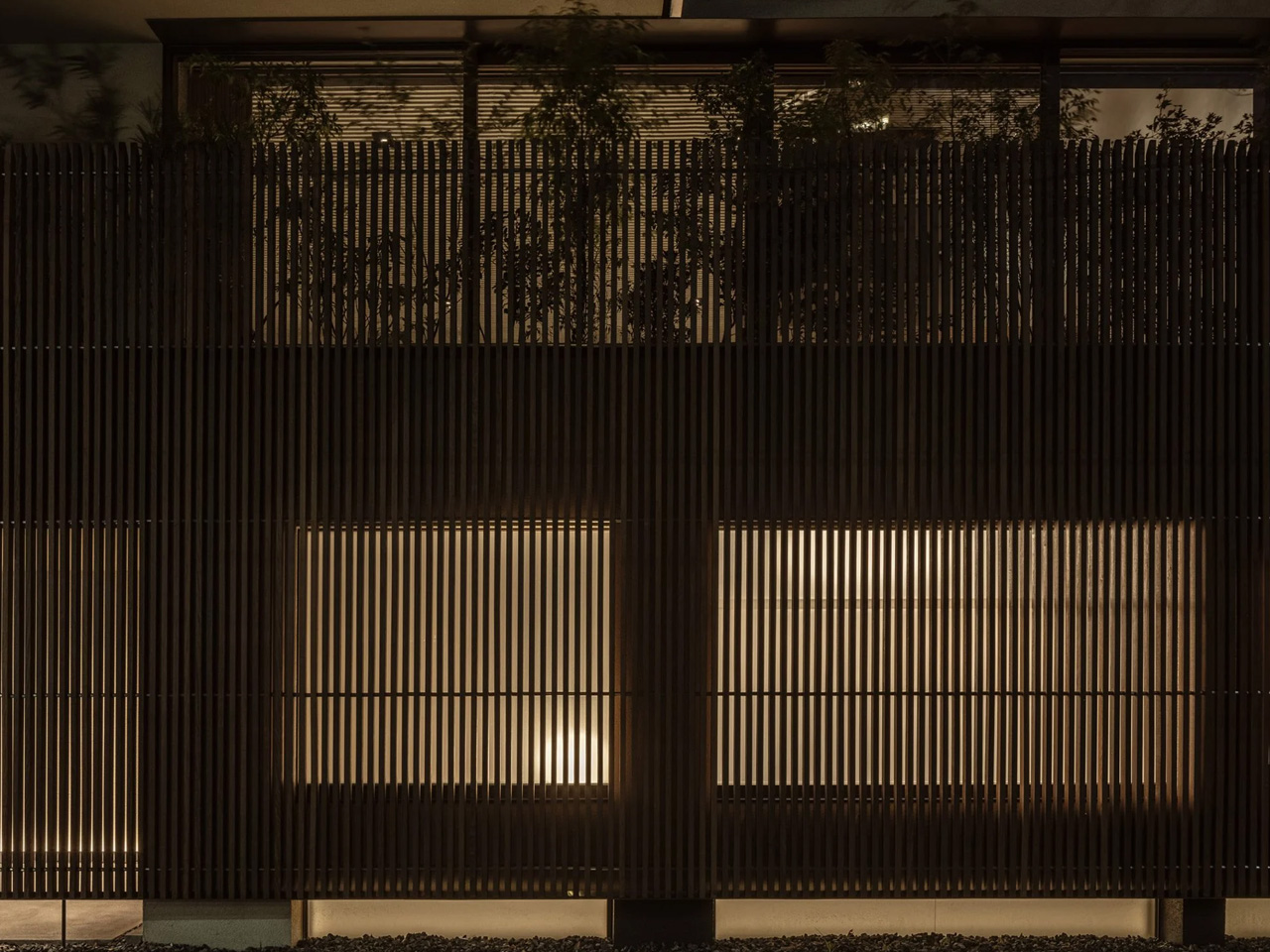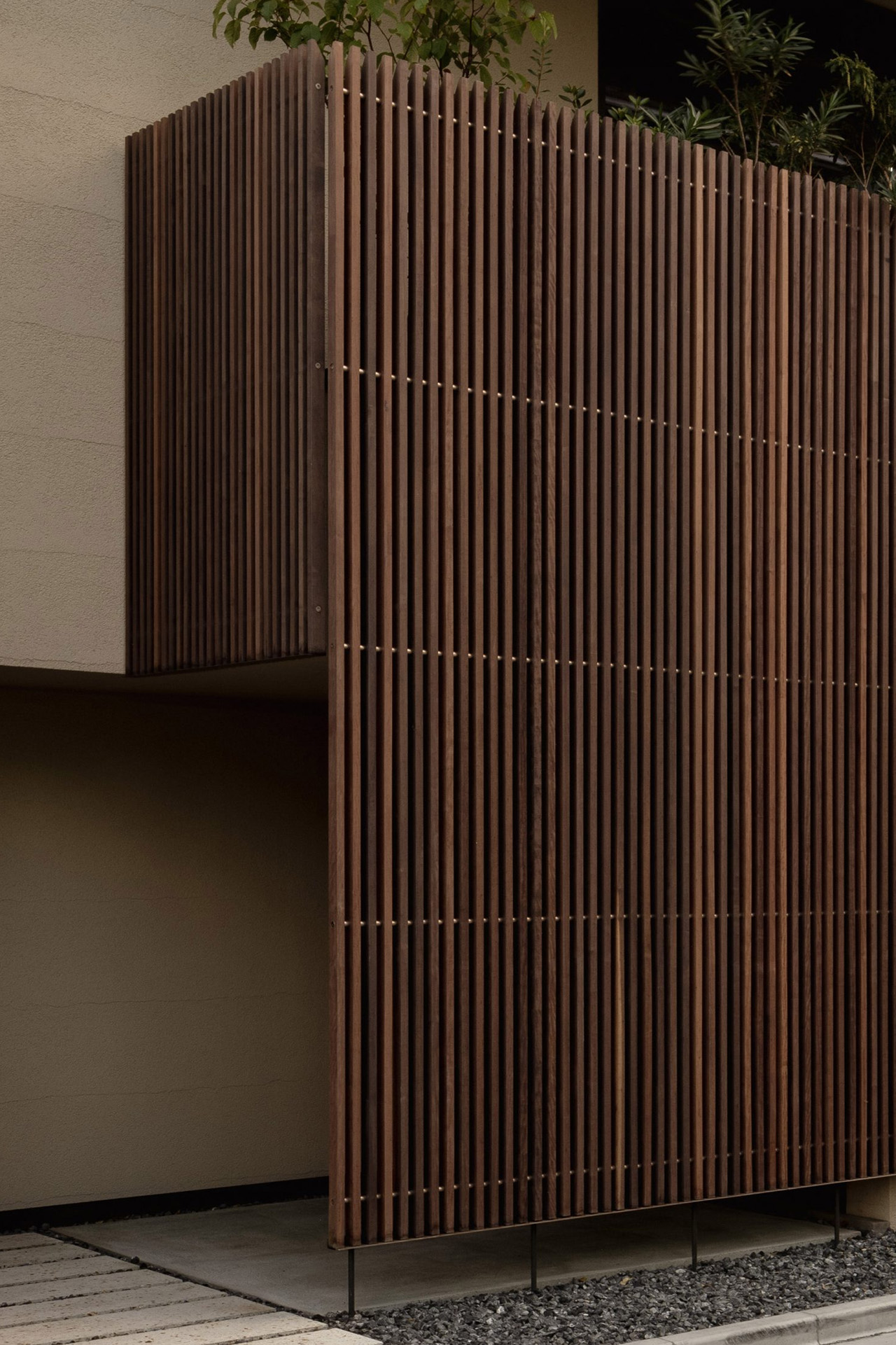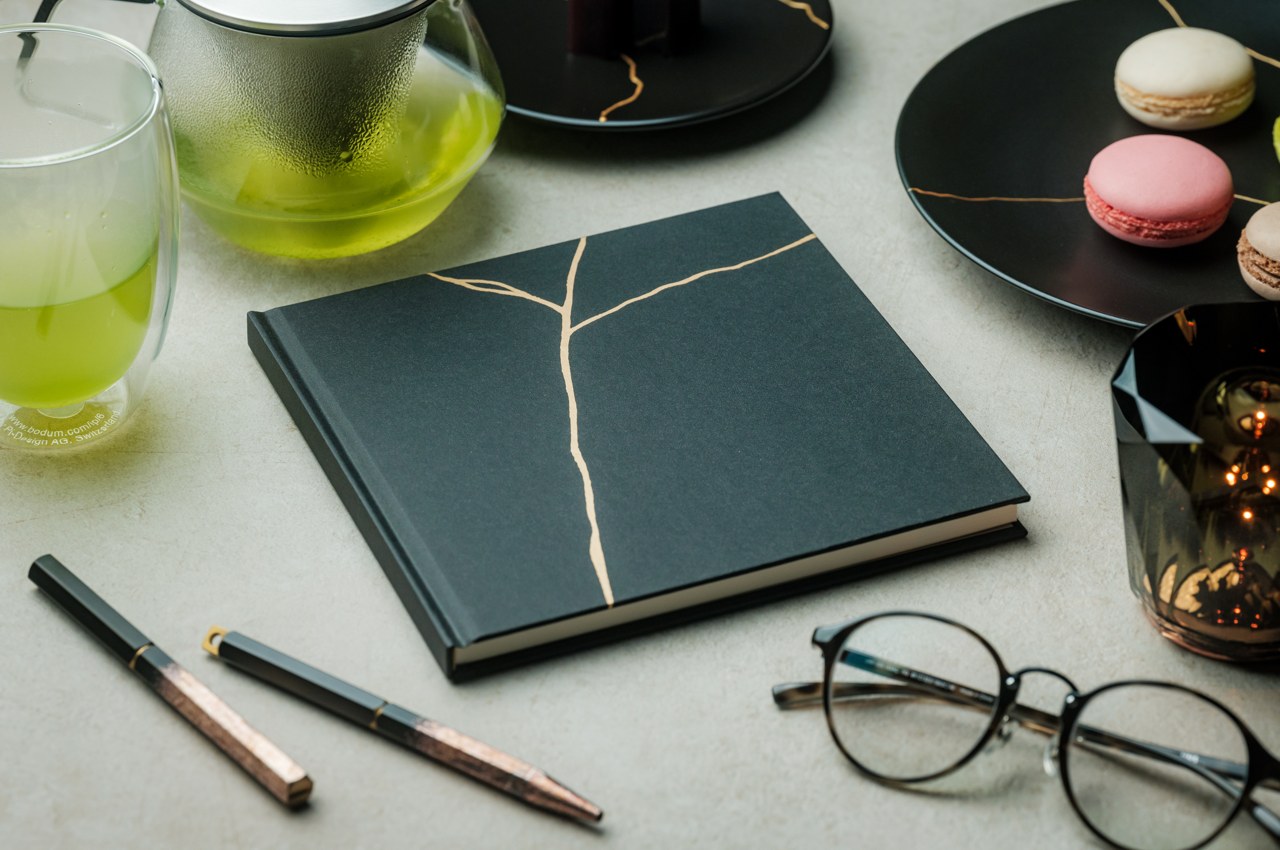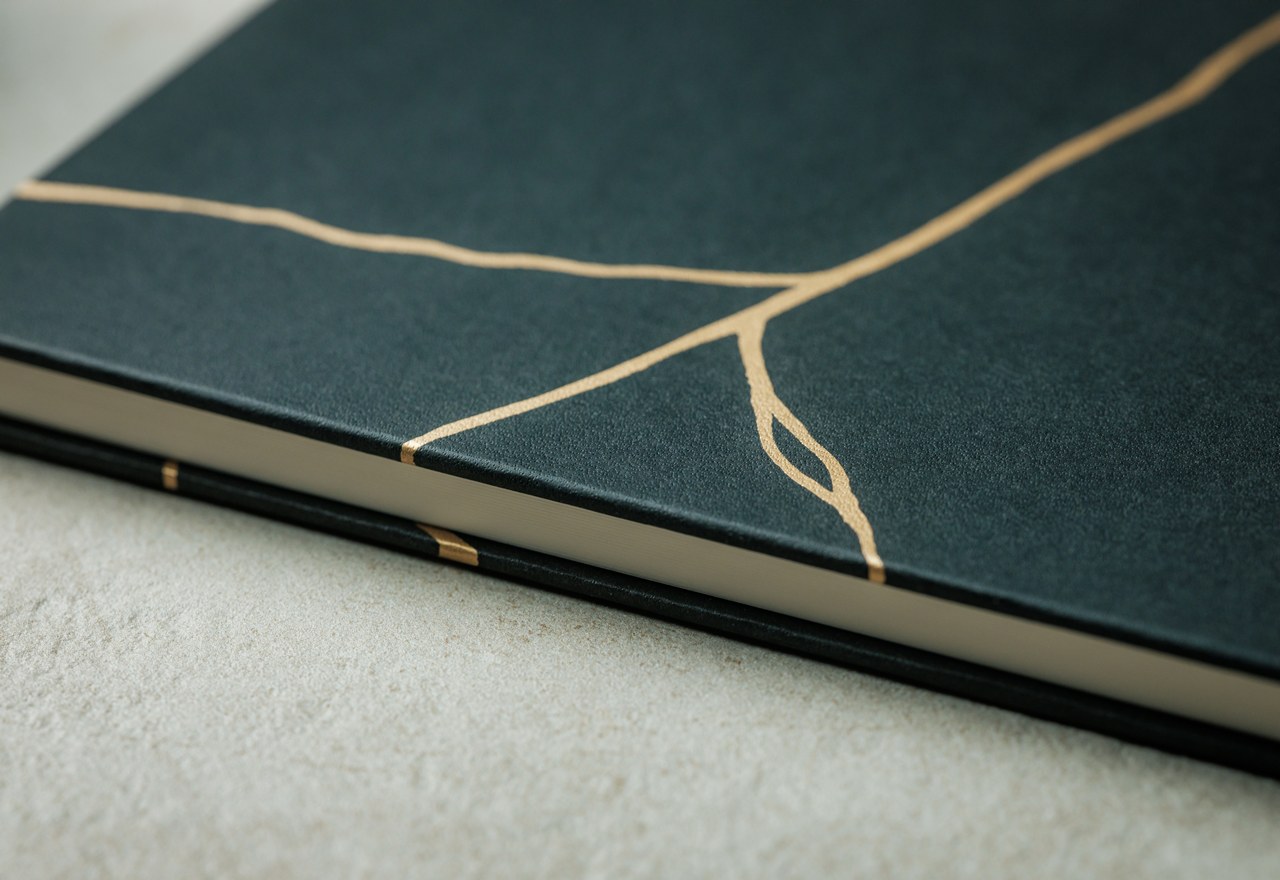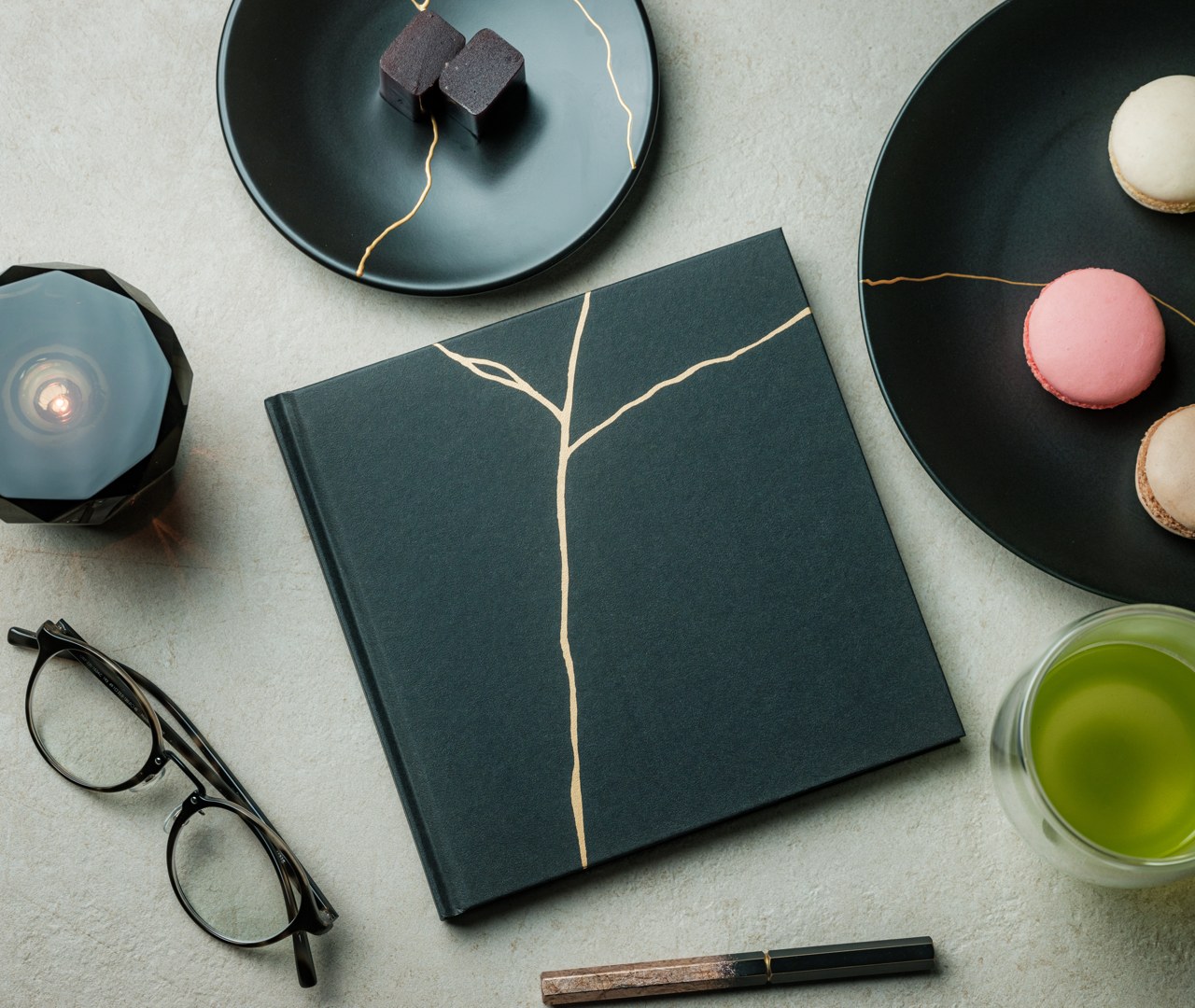Transform Business Cards into Cherished Memories with This Minimalist Log Book
Business cards and shop cards are often regarded as boring, impersonal representations of people and places, but that’s partly because we often forget to associate the person with the name on the card. It’s easy enough to forget the first encounter with a stranger who hands you their business card, not unless you actually turn that card into an unforgettable memory. Rather than keep those cards in some container that you forget inside a drawer, why not slip them into this minimalist and profound log book that lets you write down your own thoughts and memories about people, encounters, and events, turning them into small stories that let you cherish these memories and remember them better for days to come.
Designer: Replug
Some people and events definitely leave a lasting impression, but our frail human minds can easily forget them as well. Photos and even business cards offer tangible triggers to jog our memories, but they can still end up feeling distant and impersonal, more like watching a film from the eyes of an outsider rather than from your own perspective. What better way to ensure you’ll remember the poignant details of that memory than by writing it down? And that’s exactly the kind of space that this Memories Log Book provides, allowing you to make every business card, shop card, or photo a truly personal and memorable encounter.
Using the log book is genius in its simplicity. You simply insert the two corners of a card into the slits and it will stay in place without the need for messy adhesives or cumbersome pockets. It can fit business cards, shop cards, and even small Instax photos, anything you might collect from brief but memorable encounters. Beside each card is an empty space, a blank canvas where you can write your own reflections on the person or event, helping your future self remember what made the card worth keeping. You can even draw on it, if you’re so inclined, creating a stronger association with those people you’ve only just met.
This A5-sized business card file log book can hold up to 120 cards, but you can add, remove, and rearrange pages just as easily as you add cards. An elastic band serves as the binding, running across the height of the book and through cutouts on the top and bottom edges. This innovative system makes it trivial to organize those cards the way you like that you might actually find yourself losing time just personalizing the pages.
The Log Book’s minimalist design extends to its choice of material. High-quality paper is simple yet holds deep meaning, both for our minds and especially our hands. The tactile warmth of each page creates a bond between the person and the cards on that page, and its elegant yet unassuming appearance is a perfect fit for any setting, whether it’s at home, in the office, or even in a meeting. It’s definitely a great gift idea not just for workers but for anyone who loves collecting memories in a more meaningful and personal way.
The post Transform Business Cards into Cherished Memories with This Minimalist Log Book first appeared on Yanko Design.





